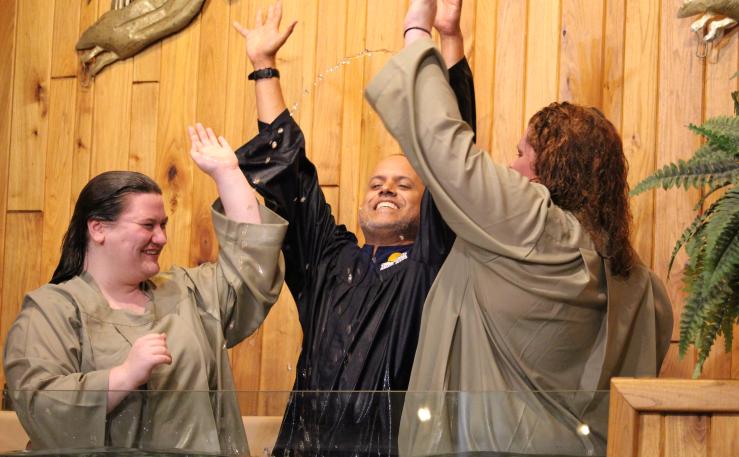Story by Edwin Manuel Garcia
1. Prayerfully study the Great Commission and the inspired counsels on reaching out to “the stranger in our midst.”
2. Get acquainted with refugees and immigrants near your church—in apartment complexes or grocery stores that specialize in ethnic foods.
3. Contact refugee resettlement agencies that help identify and place refugees in local communities.
4. Identify church members who can teach English as a Second Language classes, provide transportation, assist with tutoring school children or know about the availability of meaningful jobs or employment agencies.
5. Appoint a coordinator who will be sensitive to the refugees’ needs and fears.









